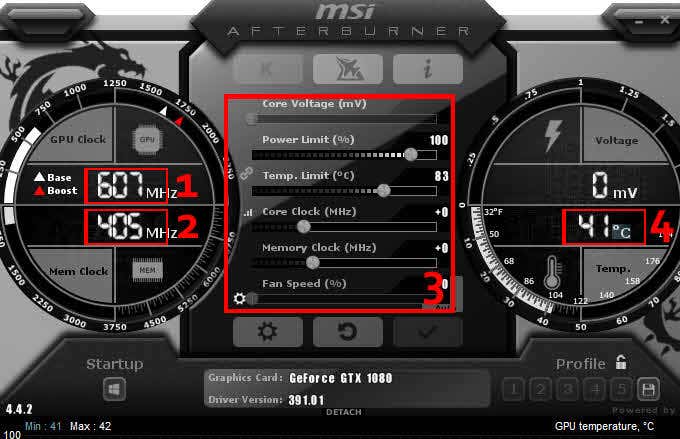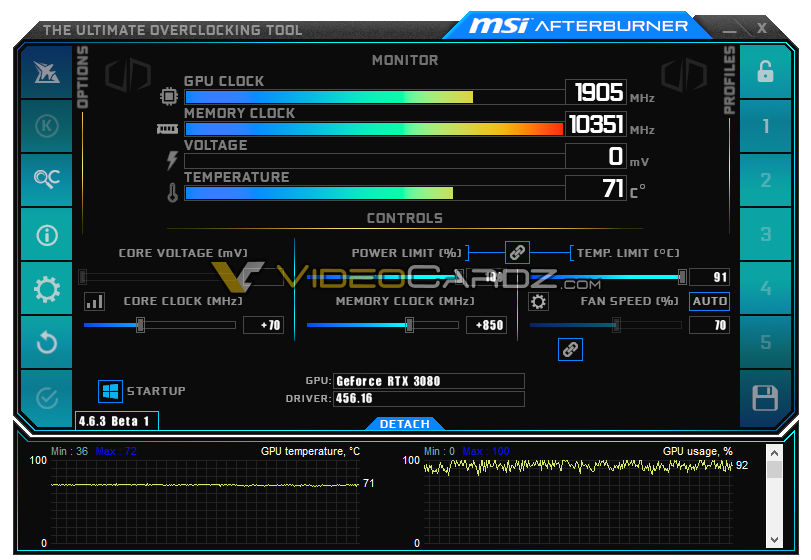


By offering another profile on top of JEDEC, called XMP (Extreme Memory Profile), they could run RAM higher than the standard speeds. This is the stock speed, and it’s baked into every DDR4 stick ever made.īut, Intel found a way to cheat the system. Through this, it gives the BIOS a set of frequencies and primary timings that it can operate at, called the JEDEC specification. The memory talks to the rest of the computer using a system called Serial Presence Detect.

Improving either the speed or timings improves latency and throughput. For example, a midrange kit of DDR4 may be rated at 3200 Mhz CL16. These are measured in terms of clock cycles and often grouped up under the “CAS Latency (CL)” abbreviation. On top of this, your memory has over twenty different timings which control latency, and how fast you can read and write. DDR4 stock speed is usually 2133 Mhz or 2400 Mhz, though the real speed is actually half of that since it’s Double Data Rate (DDR). RAM speed is usually measured in megahertz (Mhz).

This can improve overall frame rates and (most importantly) reduce stuttering during CPU-intensive areas, where new data needs to be loaded from RAM into cache or VRAM. In games, improvements in your RAM’s overall latency can cut down on frame times significantly. Every program you use stores its working data in RAM before loading it into the CPU’s internal cache, and programs that use a lot of it can churn through RAM like butter. With RAM, there are many knobs to turn, but it’s also much safer because they don’t produce much heat. RAM is quite a bit more complex than CPU or GPU overclocking, where you’re merely cranking a dial and praying your fancy all-in-one watercooler doesn’t turn your system into a space heater.


 0 kommentar(er)
0 kommentar(er)
